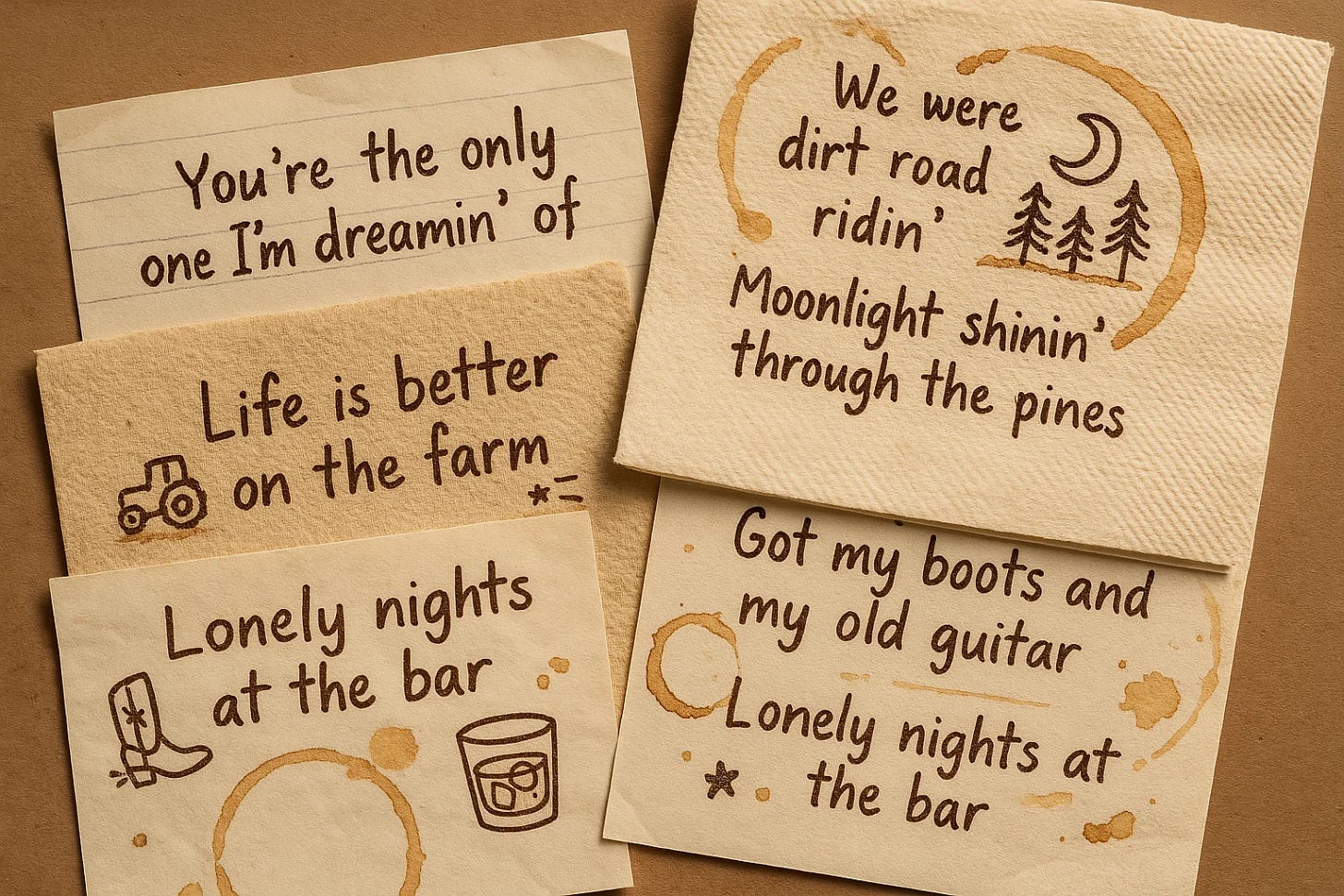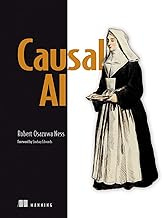A GraphRAG Explainer for Fellow Swifties
How Taylor Swift could use one the most powerful new AI techniques
🧠 What Is GraphRAG?
Last year, my team at Microsoft Research published a tool called GraphRAG. It’s based on an approach called retrieval-augmented generation, or RAG.
Quick explainer:
RAG is a way to use large language models (LLMs) to analyze and answer questions using an external set of documents — like PDFs, emails, or notes — without needing to train the model on those documents. You ask the system a question, it retrieves relevant documents from the database, and passes those retrieved documents to an LLM. The LLM answers the question based on the information in the documents. Grounding the LLM’s answers in the documents improves answer quality and minimizes falsehoods.
GraphRAG takes this even further: it doesn't just look for individual documents. It builds a knowledge graph — a kind of idea-map — of how concepts are connected across all the material in the database. This makes it much better at answering thematic, abstract, or non-obvious questions.
The tool has become super successful. We released GraphRAG as open source in July 2024, and so far it’s gotten 24K stars on GitHub (a lot). Google Cloud and AWS both created their own versions, and tools like Neo4j and LlamaIndex have built GraphRAG integrations. Recently, a startup called Glean raised a $260 million Series E essentially by productizing GraphRAG. Go figure.
You can read a bunch of blog posts about GraphRAG, as well as our research paper, here: aka.ms/graphRAG
🎶 From Tech to Taylor Swift
I was explaining GraphRAG to my pre-teen niece recently and ended up using an example involving Taylor Swift, which I reproduce here.
Taylor has often said she captures lyric ideas whenever inspiration strikes. Early in her career especially, she was known for scribbling on scraps of paper, napkins, and notebooks.
Now imagine Taylor periodically typing those scraps into a digital notebook, and then she sets up a RAG system on that notebook. When she’s songwriting, she asks the system for ideas, and it returns inspiration rooted in the lyric snippets from her digital notebook.
I’m a Swiftie myself — though I favor the earlier, more country-leaning albums, such as the song Mine, with the hook:
Do you remember, we were sittin' there by the water?
You put your arm around me for the first time
You made a rebel of a careless man's careful daughter
You are the best thing that's ever been mine
Let’s imagine Taylor sitting down to write that song. She opens her RAG system and asks:
“What are some lyric ideas I’ve written about feeling loved and safe for the first time?”
Traditional RAG searches for notes that semantically match the query — things that mention “feeling loved,” “first time,” or similar.
It might return:
“You put your arm around me for the first time,
Nice! But now, she wants to go deeper.
🕵️♀️ Where RAG Falls Short
Let’s reverse engineer how Taylor’s RAG system could return inspiration to write:
“You made a rebel of a careless man's careful daughter”
Suppose Taylor asks:
“What lyrics capture someone breaking away from inherited emotional baggage?”
Traditional RAG struggles here. It is going to find lyrics that are semantically similar to key phrases in the question. With key phrases like “breaking away” and “inherited emotional baggage,” she’d get things like:
“No more reruns of love gone wrong — we rewrote the script.”
or
“We shattered the chain that kept breaking our hearts.”
but not
“You made a rebel of a careless man's careful daughter”
That’s because the question isn’t looking for lyrics that just include phrases similar to “breaking away” or “inherited emotional baggage” — it’s asking for lyrics that reflect the broader themes those phrases represent.
🔗 How GraphRAG Shines
GraphRAG, on the other hand, has built a knowledge graph of concepts across her lyrics — one that includes themes like, for example, bad childhood, relationship baggage, guardedness, and rebellion.
It graphically connects the dots between phrases like “breaking away” or “inherited emotional baggage,” creating higher-level concepts that can surface something like:
“You made a rebel of a careless man's careful daughter”
That’s the power of GraphRAG: it sees beyond keywords and phrases. It enables deeper meaning by connecting basic ideas — kind of like a songwriter does.
📘 Check Out My Book - Causal AI
Explore how to build real-world causal intelligence in research, products, and automated decision-making.
🔗 Liked this post?
Share it with someone looking for fresh insider insights into modern modeling and AI.





GraphRAG appears to be instance of leveraging "traditional" AI approaches; such symbolic approaches are key to providing explicit abstract reasoning.
I'm interested in how the knowledge graph is created. The main weakness in past symbolic methods is the manual cost of creating rules and semantic graphs. The perfect marriage between symbolic AI and current LLMs would be to automate the creation of the symbolic structures.